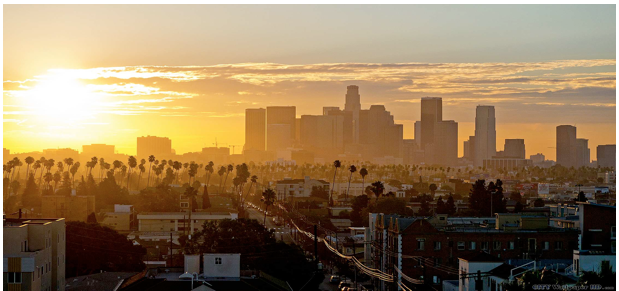NEW GEOGRAPHY--Throughout the recession and the decidedly uneven recovery, Southern California has tended to lag behind, particularly in comparison to the Bay Area and other booming regions outside the state. Once the creator of a dispersed, multipolar urban model – “the original in the Xerox machine” as one observer suggested – this region seems to have lost confidence in itself, and its sense of direction.
In response, some people, notably Los Angeles Mayor Eric Garcetti, favor creating a future in historical reverse, marching back toward becoming a more conventional, central core and transit-dominated region – a kind of New York by the Pacific. Eastern media breathlessly envision our region transforming itself from “car-addicted, polluted and lacking in public transit” into a model of new-urbanist excellence.
Here’s a basic problem. Their LA of the future – the one that wins plaudits from places like GQ magazine – essentially negates the region’s traditional appeal, offering the middle and even working classes, a suburban-like lifestyle in one of the world’s great global cities.
Vive la difference
UCLA’s Michael Storper correctly notes how far the Southland has fallen behind its traditional in-state rival, the San Francisco Bay Area. Storper correctly traces much of this gap to the domination of the Los Angeles tech sector by aerospace firms and the fact that this area also had a broad base of nontech-oriented manufacturing.
Can we become a second San Francisco? Regions, like people, do not easily transform themselves into something else. For one thing, the Los Angeles area’s diverse industrial legacy tended to attract a larger share of historically poorer blacks and Hispanics than the Bay Area, whose population is 33 percent black and Hispanic. In contrast, 55 percent of the five-county Southland area’s population has either Hispanic or African American backgrounds, according to data from the 2014 American Community Survey.
Propelled by its better-educated population and more focused business community, the Bay Area’s tech sector is roughly six times larger per capita than the national average. The Bay Area’s large tech firms may move some employment to Texas, Utah, Arizona or abroad, but it’s highly unlikely that the likes of Apple, Facebook and Google will leave the Bay Area in the foreseeable future.
In contrast, Southern California’s industrial economy has faced persistent decline, and, to date, has no strong replacement source of employment. Los Angeles has lost half its manufacturing jobs since 1990, compared with a national decline of 24 percent, and 28 percent statewide. As occurred earlier in the Midwest, this has left a large stranded population with little prospects for upward mobility. No surprise that LA leads the region in percentage of people in poverty, when adjusted for housing costs, more than 25 percent, a rate higher than Mississippi.
Southern California cannot mimic the Bay Area’s economic structure any more than it can duplicate the north’s population profile. With the loss of many of its largest firms, particularly in energy and aerospace, the region’s future increasingly depends on small, often immigrant-run firms that rely on the diversity of urban form in the area. They often tap workers, logistics, and industrial space in the Inland Empire but rely on executives, designers, engineers and professional service firms that tend to concentrate along the coastal strip.
Some people, including much of the region’s political and economic leadership, see this dispersion as a prime source of Southern California’s weakness. They seem to neglect the fact that, according to Census Bureau data, the Los Angeles-Orange County area already constitutes the densest large urban area in the United States, packing in more people per square mile than either the San Francisco-San Jose area or greater New York, and about twice as many as in Portland.
Densification, often cited as the best way to lower house prices, simply does not address the issue of affordability. For example, an eight story high-rise in the Bay Area costs more than five times as much per square foot to build than a single-family house. Furthermore, Angelenos spend on average almost 50 percent of their incomes on rent, among the highest rates in the country.
More density, justifying investments in fixed-rail transit, won’t improve congestion, either. Eastern media accounts see the region morphing into the “next great transit city” But this vision has been something of a fool’s bargain. Well-connected developers, unionized construction workers and contractors who build transit systems have much to celebrate, but after spending $16 billion to build its rail and busway lines, the region’s core transit system – the Los Angeles County Metropolitan Transportation Authority – carries fewer riders today than it did 30 years ago.
Across the five Southland counties, these and other major projects (such as Metrolink commuter rail) have failed to keep transit’s work-trip market share from slipping, while, with virtually no public expenditure, more people work from home than take buses or trains to work. The traffic congestion relief promised by rail spending has not occurred.
Back to the model?
The attempt to densify LA, and turn it into some variant of an East Coast city, was always doomed to failure. People came and settled this region in an archipelago of villages, not around a single dominant downtown. Even now, Downtown Los Angeles shows little prospects for emerging as the area’s primary economic center. Downtown LA holds barely 3 percent of the region’s jobs, less than one-third the rate for San Francisco, and almost one-seventh the level in New York City.
“The future of Downtown Los Angeles is not professional services – it’s entertainment, it’s bars, it’s restaurants,” admits José Huizar, the LA City Council member representing Downtown and one of the biggest supporters of renewed development in the area.
Without a strong urban employment core, the entire current emphasis on traditional transit makes little sense. Instead, we should focus more on allowing the various parts of the metropolis do what makes the most economic sense for each one. For example, Los Angeles, still the big enchilada, needs to shore up its powerful entertainment and design center, as well as what’s left of its blue-collar base, such as the increasingly beleaguered seaport.
LA’s grand hopes of challenging Silicon Valley faces some serious headwinds. Its tech and engineering employment numbers over the past decade have actually decreased, relative both to Orange County and the Inland Empire, according to a recent analysis by Chapman University’s Marshall Toplansky and Nate Kaspi.
Orange County may have far better prospects for become a Southland tech center, boasting a somewhat higher percentage of both engineers and tech workers and a higher proportion of tech jobs relative to its overall workforce. In terms of STEM jobs, Orange County ranks about 20 percent above the national average, while Los Angeles, once a tech haven, is 12 percent below average. Orange County’s well-educated and significantly Asian population also approximates that of Santa Clara County, home base of Silicon Valley. Although not an entertainment power on the scale of Los Angeles, Orange County has an impressive entertainment, arts and design focus that has been growing steadily.
Ultimately, the future of the Southland may rest with what happens in the Inland Empire. Riverside County, for example, is the only Southland county, according to the state Department of Finance, to enjoy both positive international and domestic migration. At a time when millennials are fleeing the coastal counties, the Inland area has had the fastest growth in California among millennials, including those with college degrees. From 2000-12, notes demographer Wendell Cox, the two Inland counties added roughly 230,000 residents ages 20 to 30, compared with 130,000 combined for Los Angeles and Orange counties, which have three times the population.
Downtown Los Angeles, by the way, said to be the prime attractor of young people, boosted its millennial population by less than 5,000 during that time span.
The Inland area, with its more affordable housing, is best-positioned to revive the diverse, middle-class economy now under severe stress closer to the coast. It serves as an “escape valve” for people, and companies, who no longer can afford, or wish to live in, an ever more congested and expensive area so appealing to an important and affluent sector of the population.
To take advantage of it unique multipolar structure, Southern California needs to focus not on centralization but building on regional diversity. With the limited prospects for converting into a traditional transit-oriented area, we need planning initiatives that exploit such strategies as expanding home-based work, dispersing jobs to where people live, and even maintaining and improving the freeways that knit the region together.
Southern California can enjoy a renaissance, but it can’t do so by trying to become something it’s not – and never will be.
(Joel Kotkin is a R.C. Hobbs Presidential Fellow in Urban Futures at Chapman University and executive director of the Center for Opportunity Urbanism in Houston. His newest book is “The Human City: Urbanism for the Rest of Us.” This was first posted at newgeography.com.
-cw
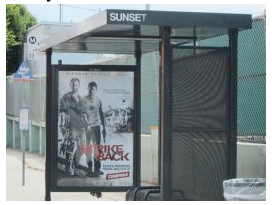 Ads for movies and TV shows with the firing or brandishing of guns are a staple of street furniture and billboard advertising, and often show up near schools, playgrounds, and other places where young people congregate. A few years ago, one showing a sniper firing a rifle appeared on a billboard directly across the street from a Westchester elementary school, and another depicting an actor waving a gun was placed in a bus shelter in front of Venice High School, just steps from where a student was shot and killed the year before.
Ads for movies and TV shows with the firing or brandishing of guns are a staple of street furniture and billboard advertising, and often show up near schools, playgrounds, and other places where young people congregate. A few years ago, one showing a sniper firing a rifle appeared on a billboard directly across the street from a Westchester elementary school, and another depicting an actor waving a gun was placed in a bus shelter in front of Venice High School, just steps from where a student was shot and killed the year before.

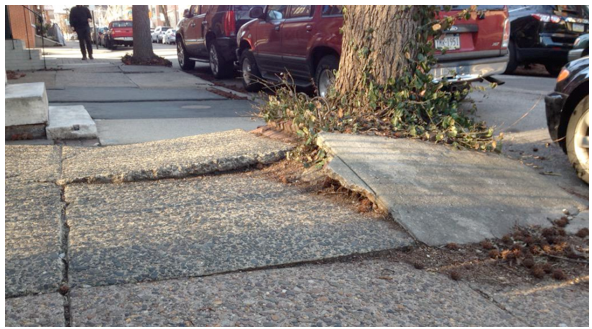



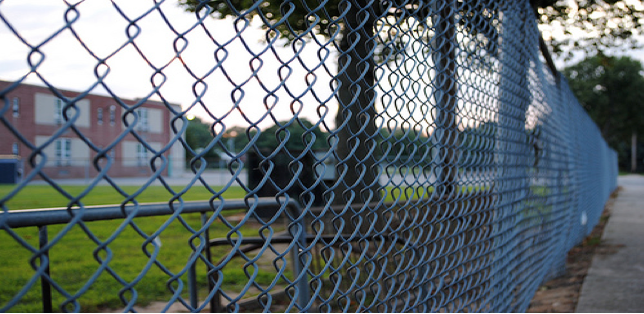
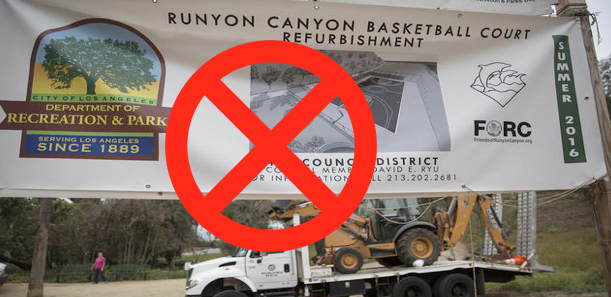
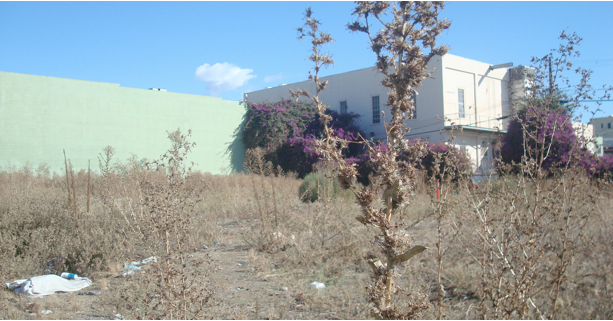
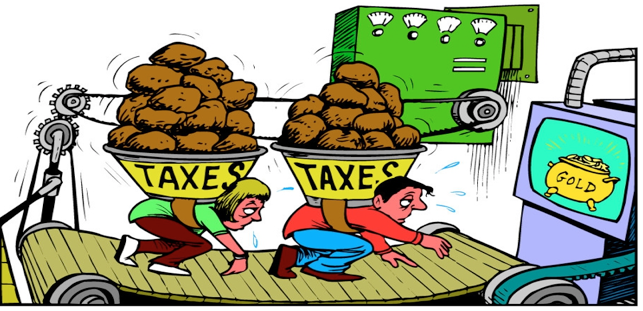


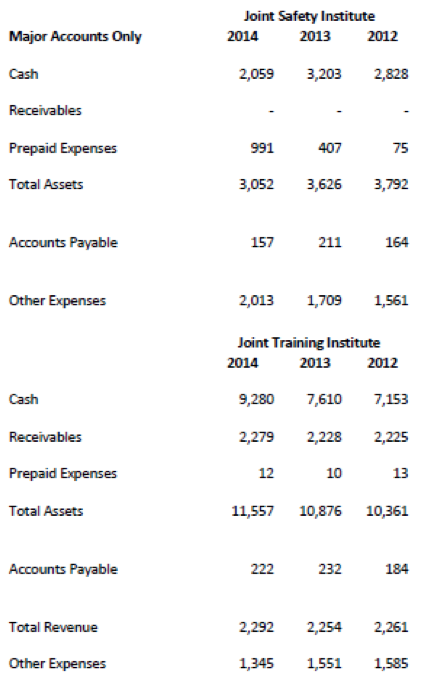
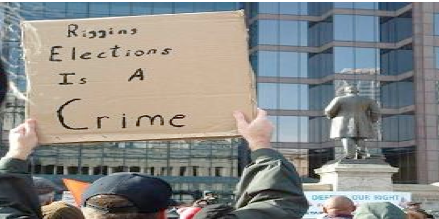
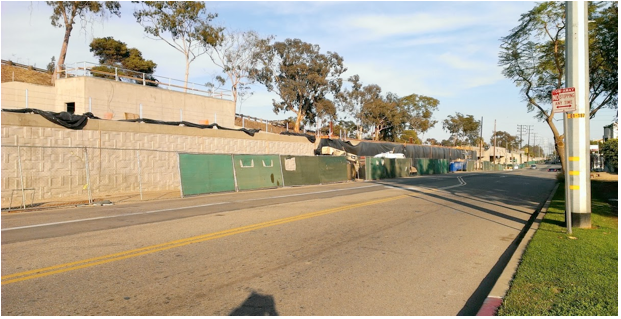



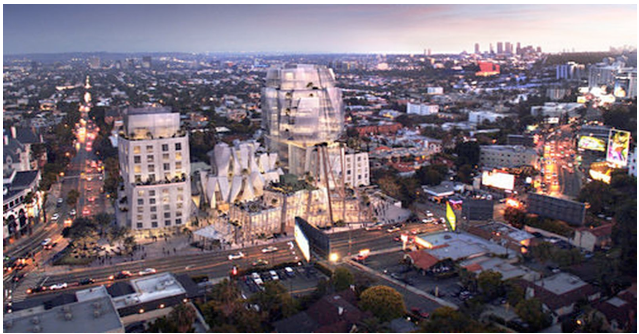
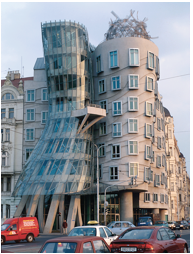 If I sound angry, it’s for good reason: I am.
If I sound angry, it’s for good reason: I am.


